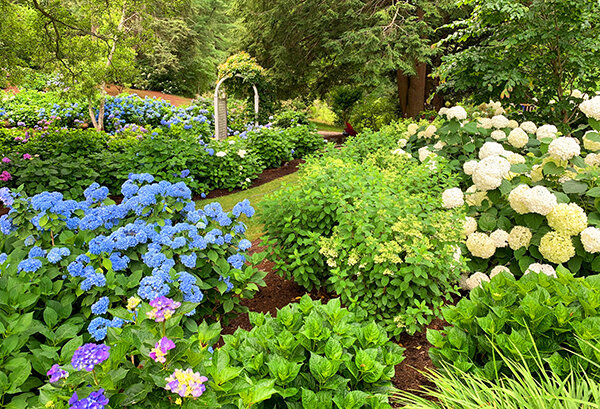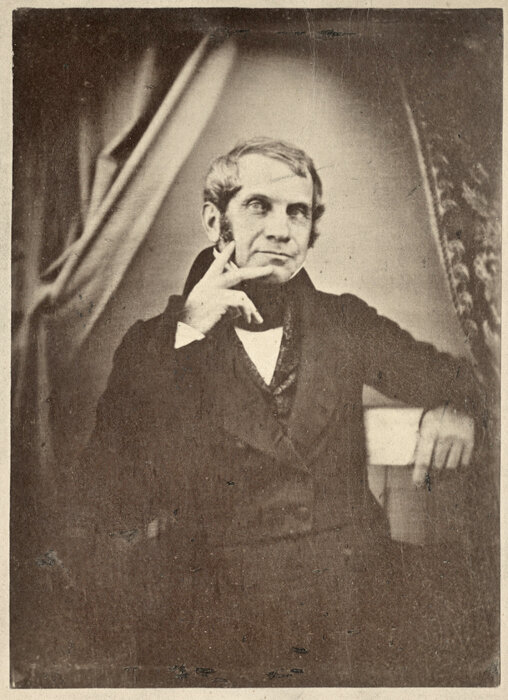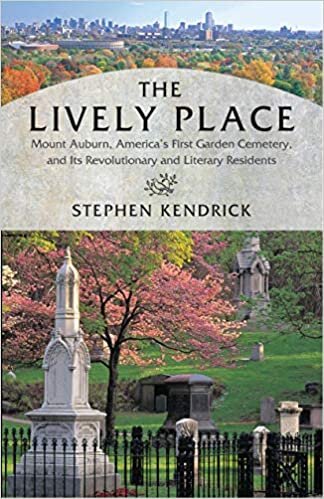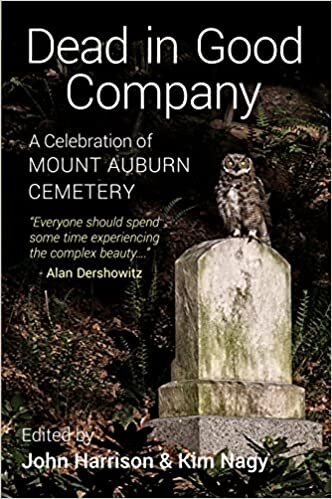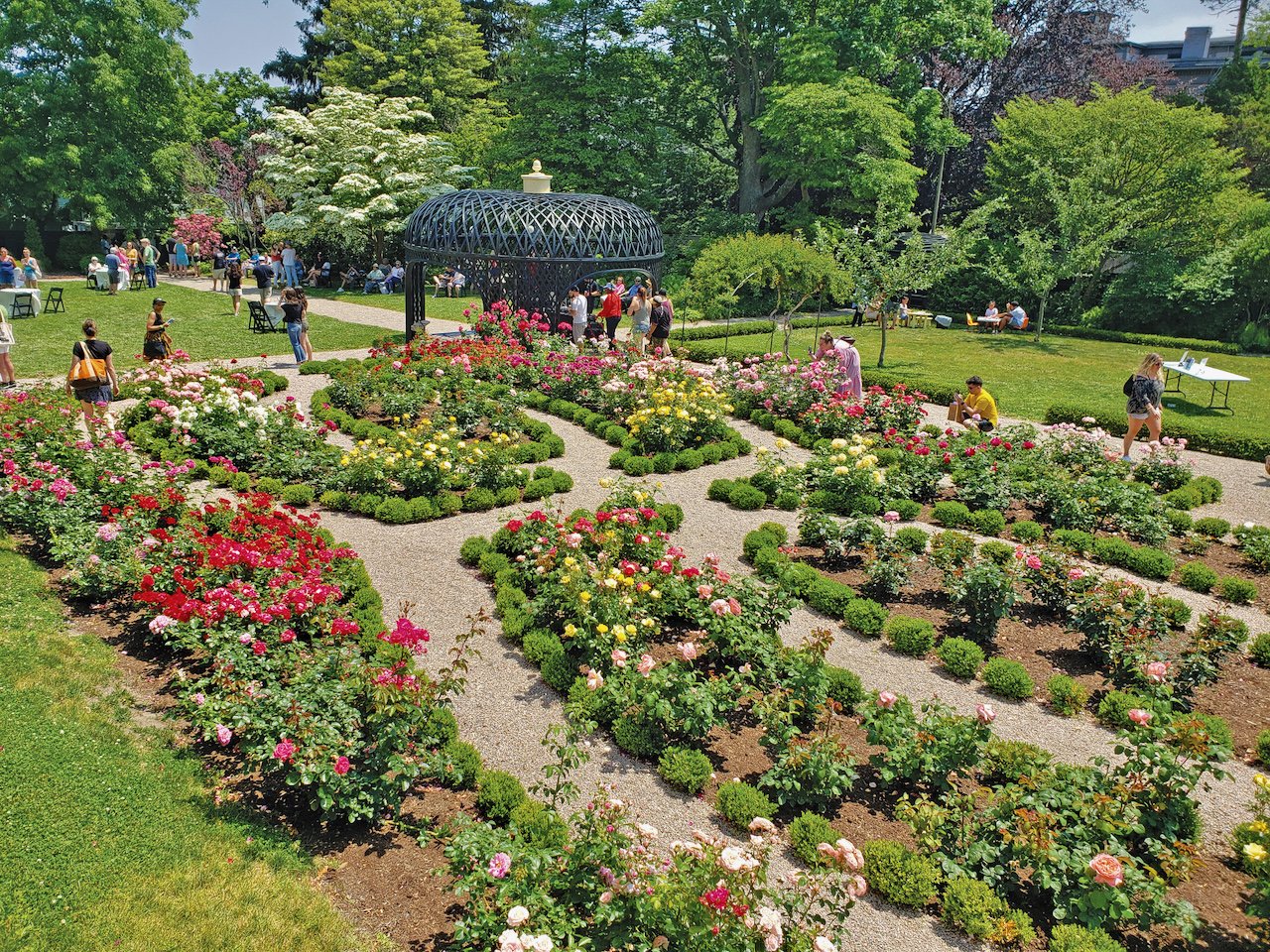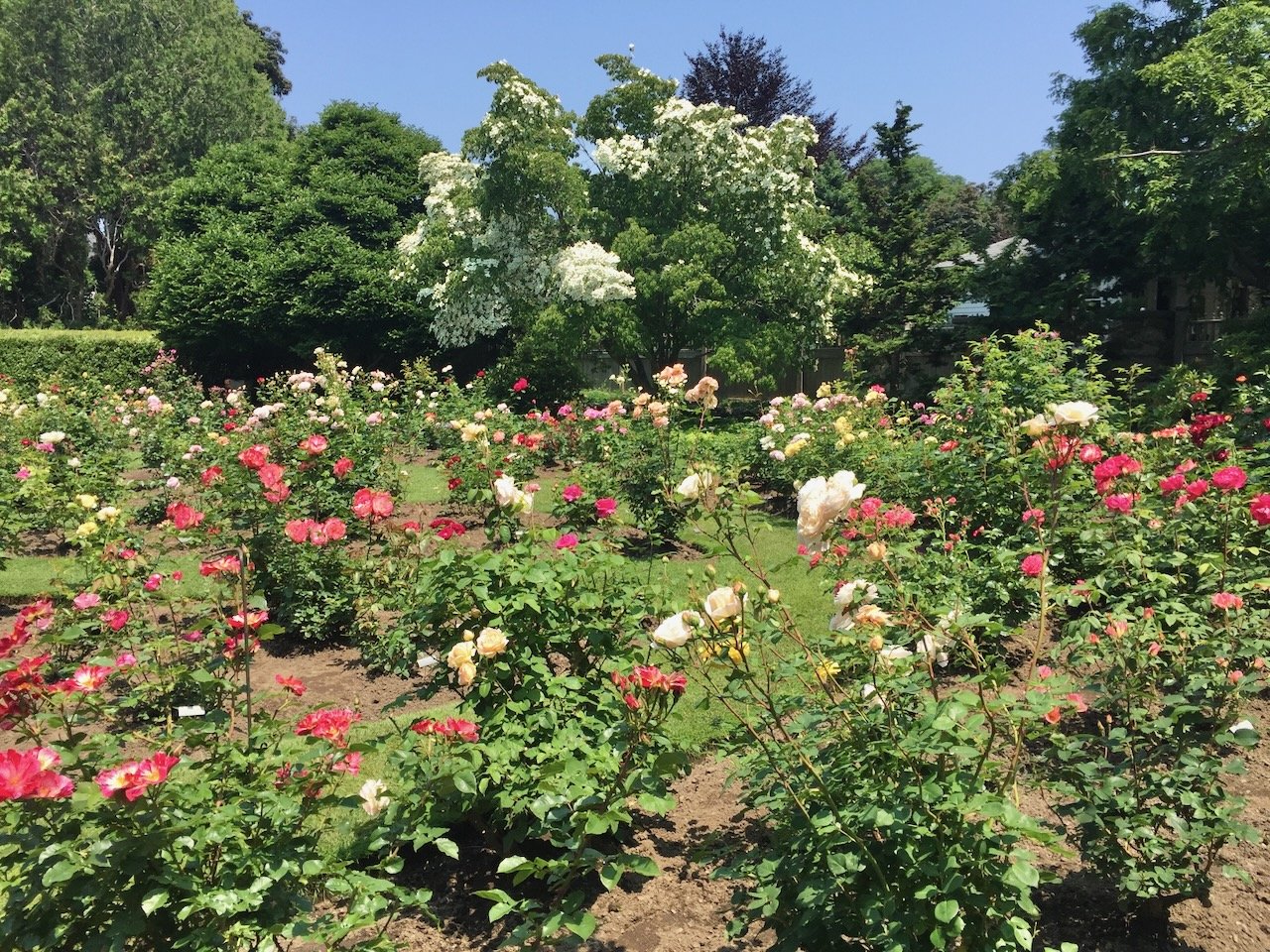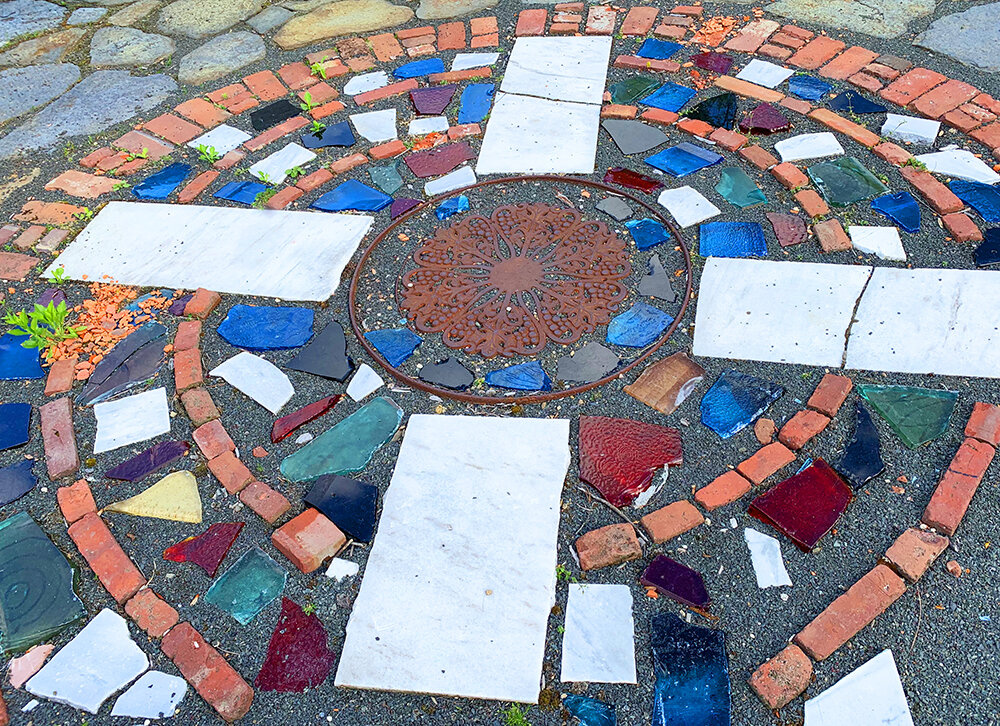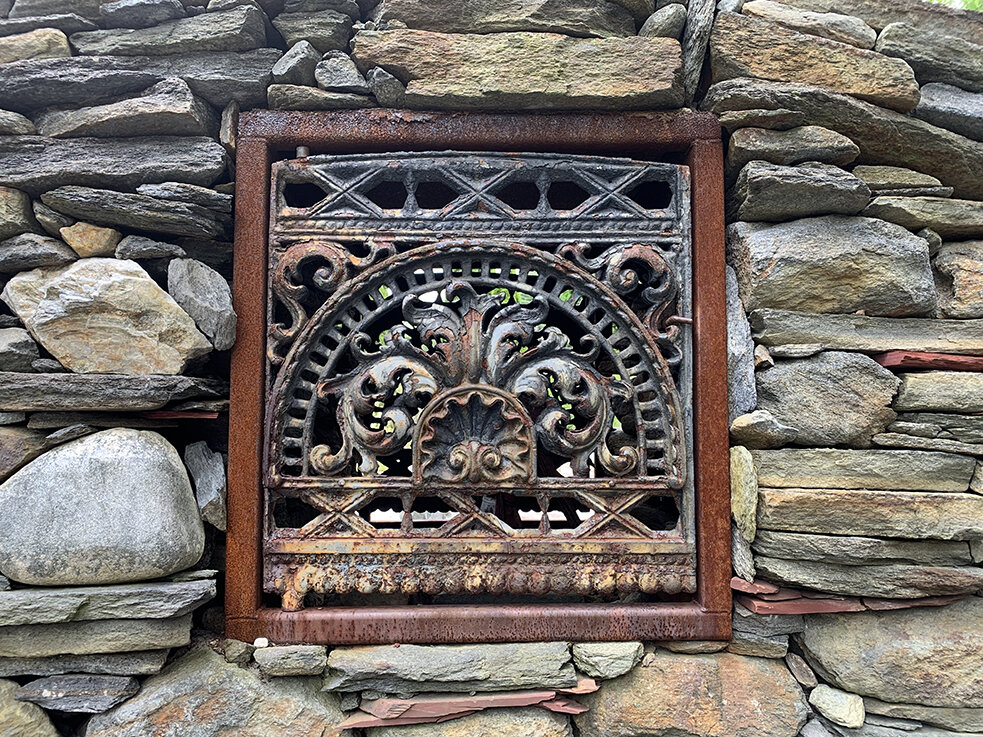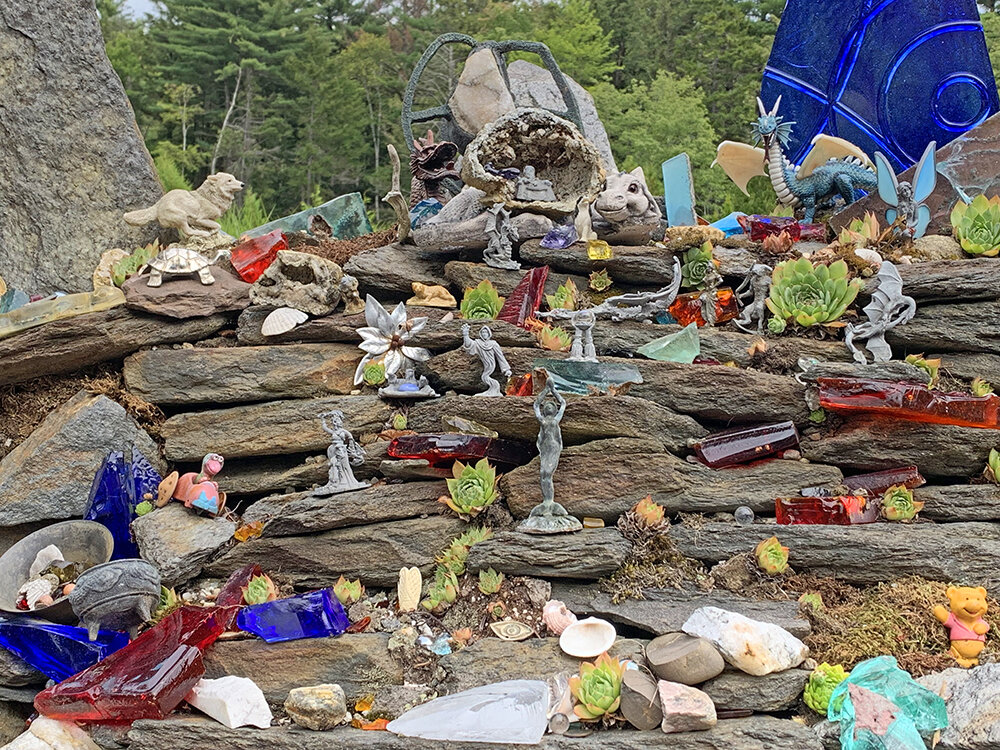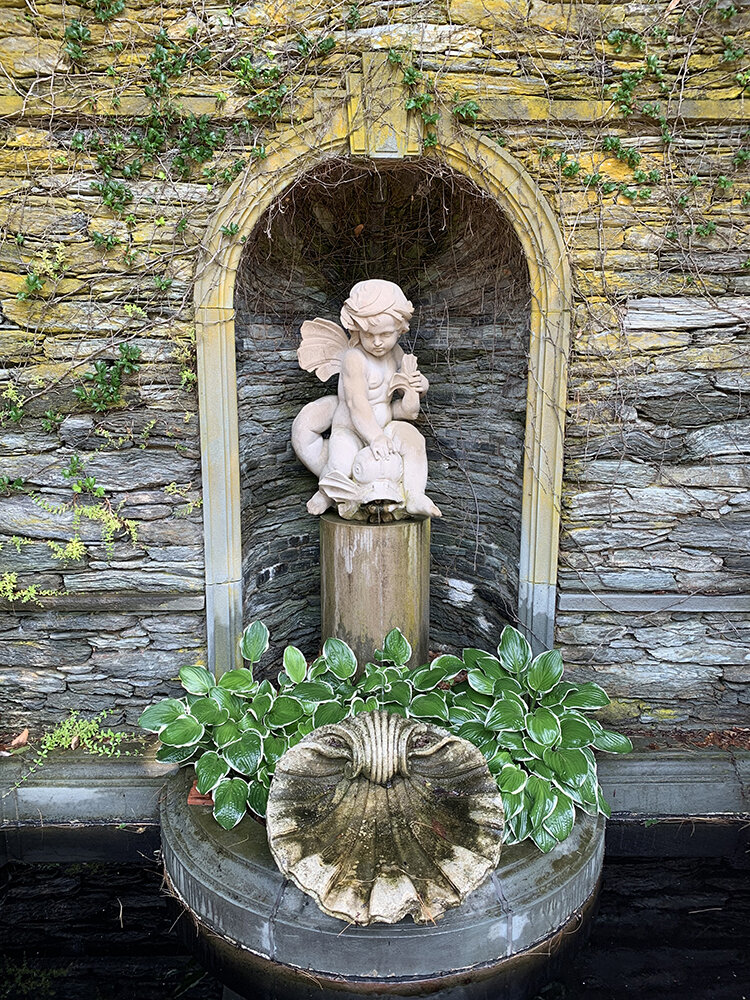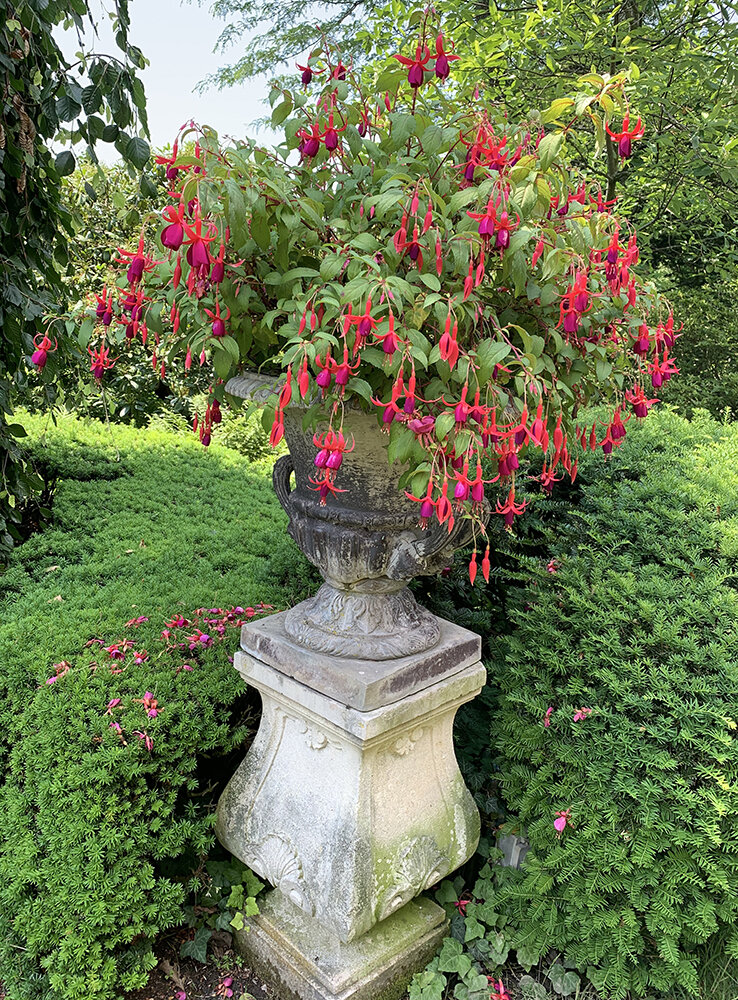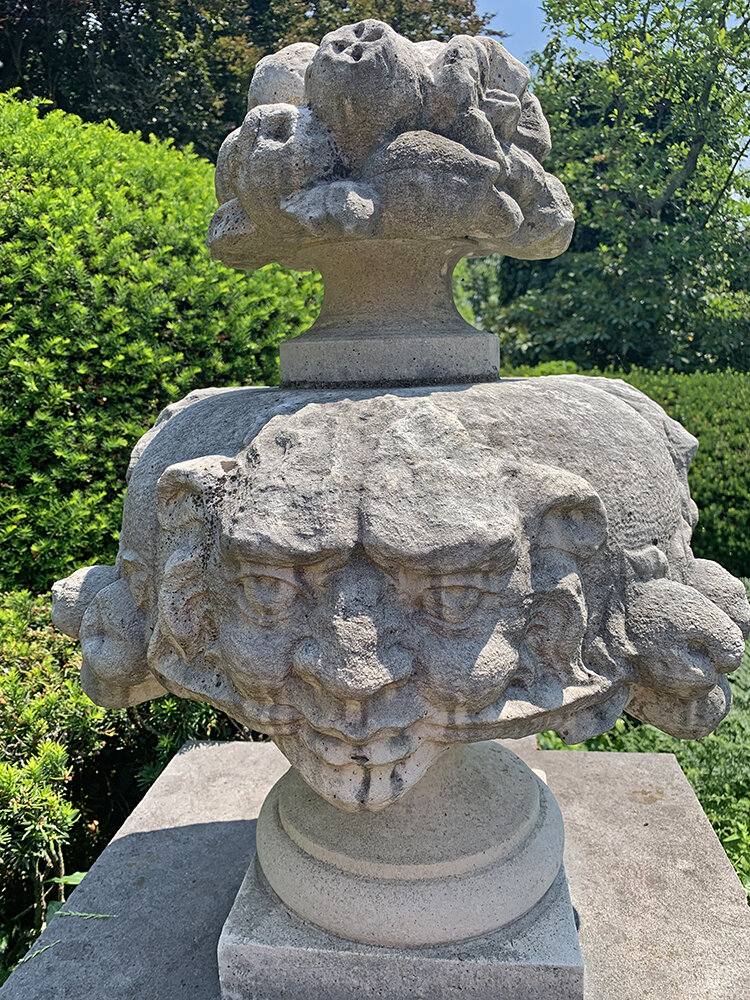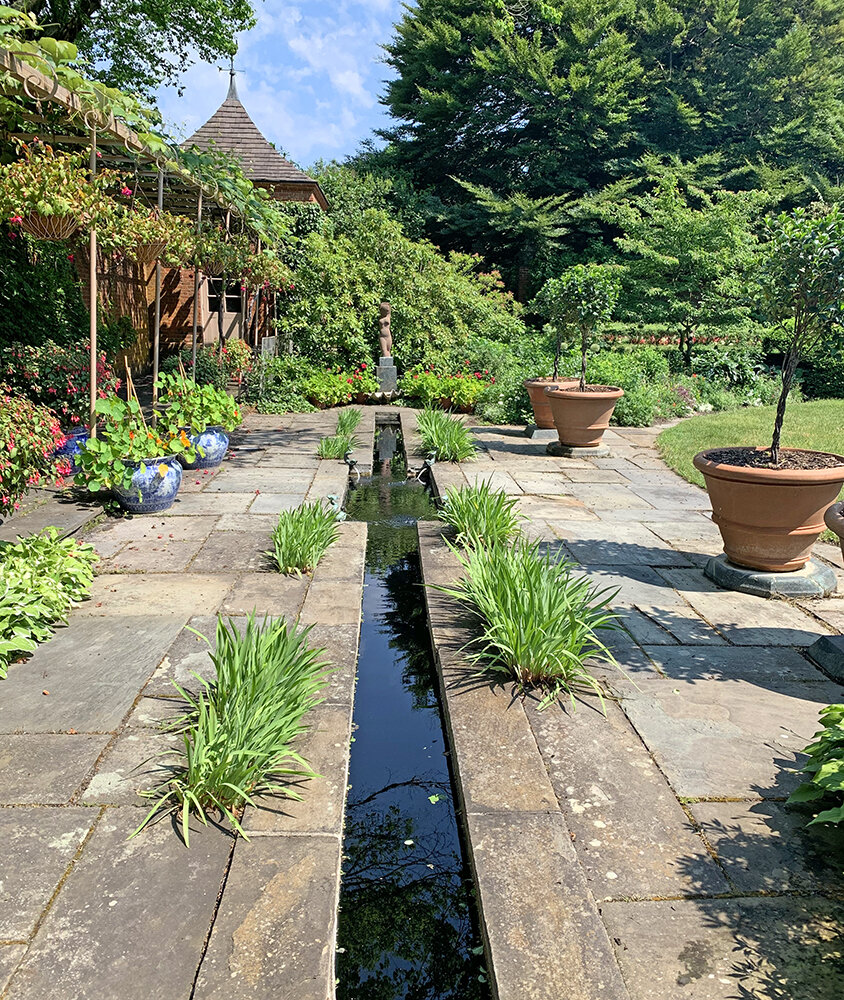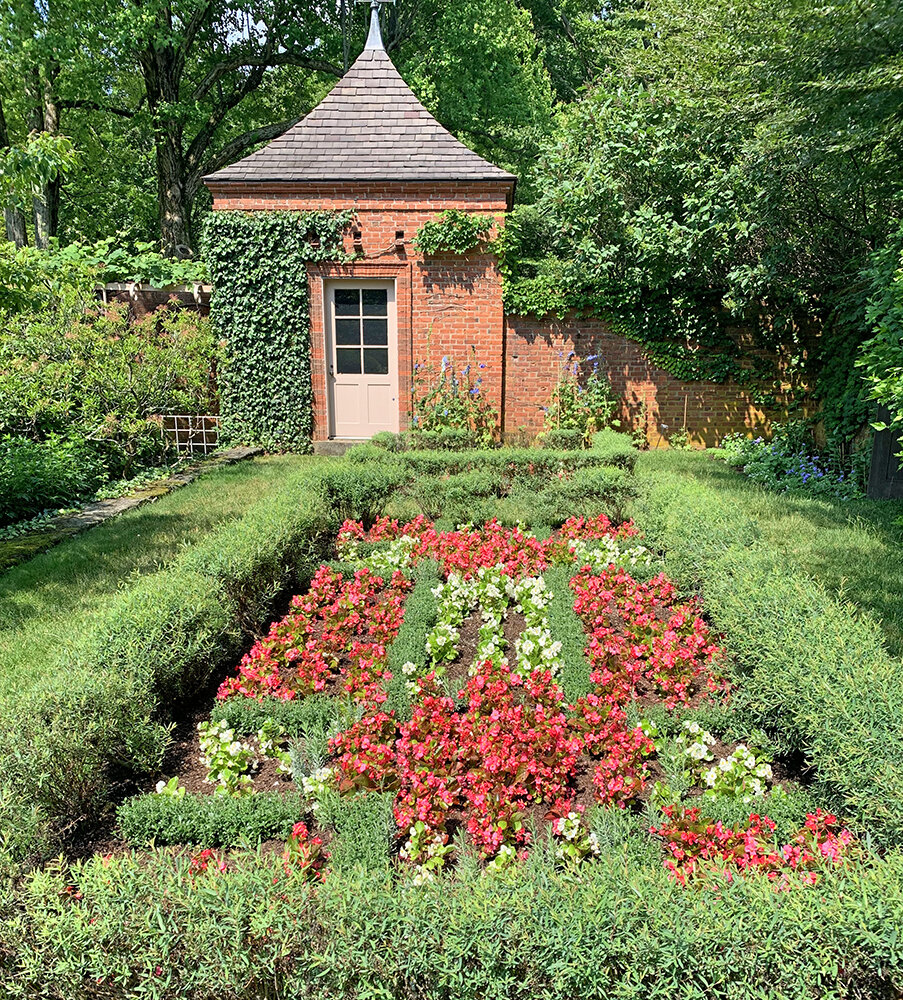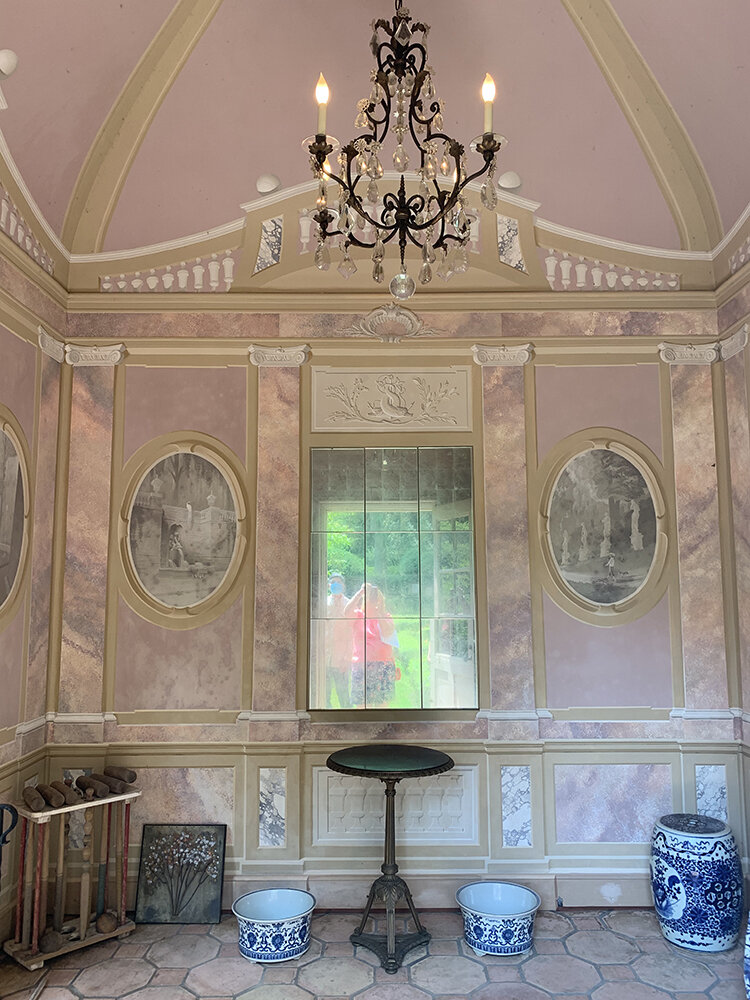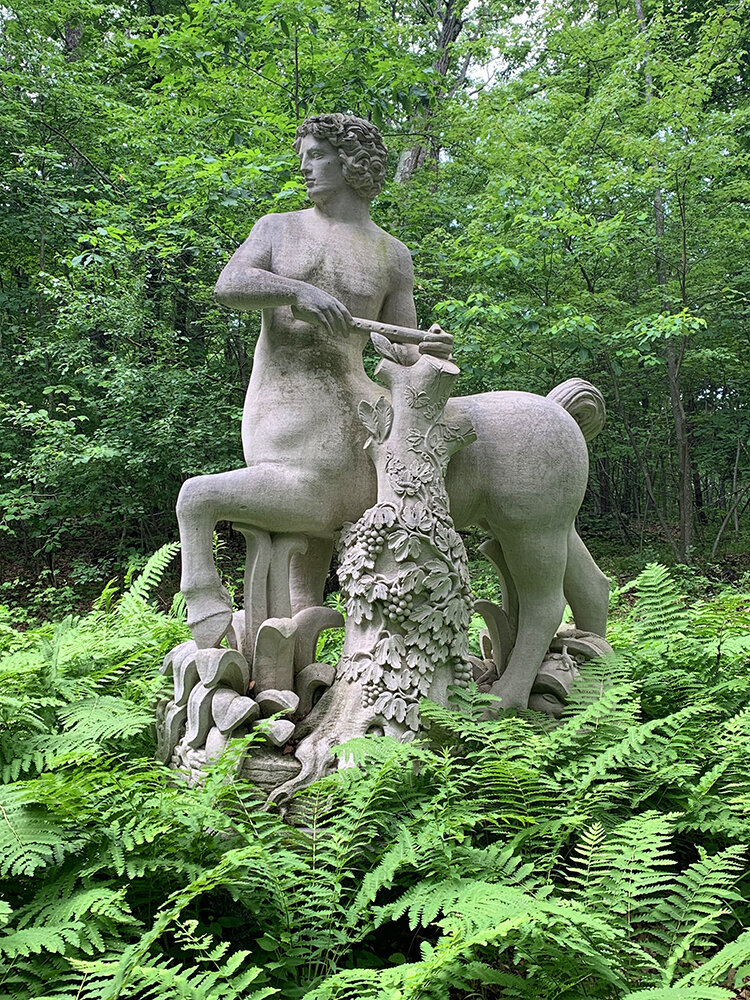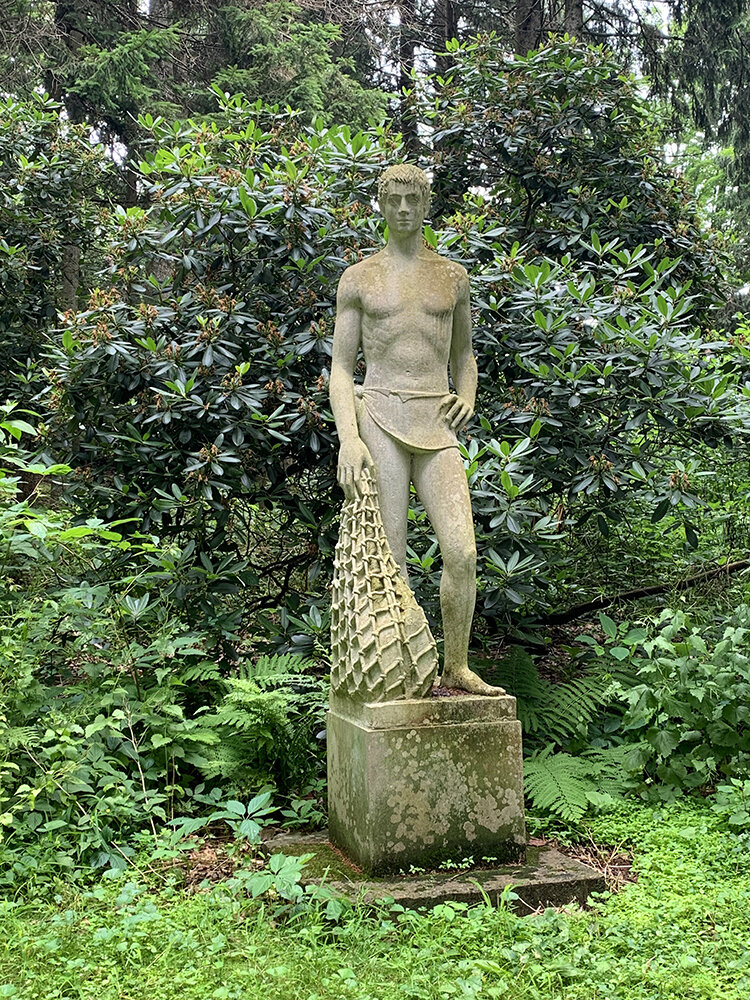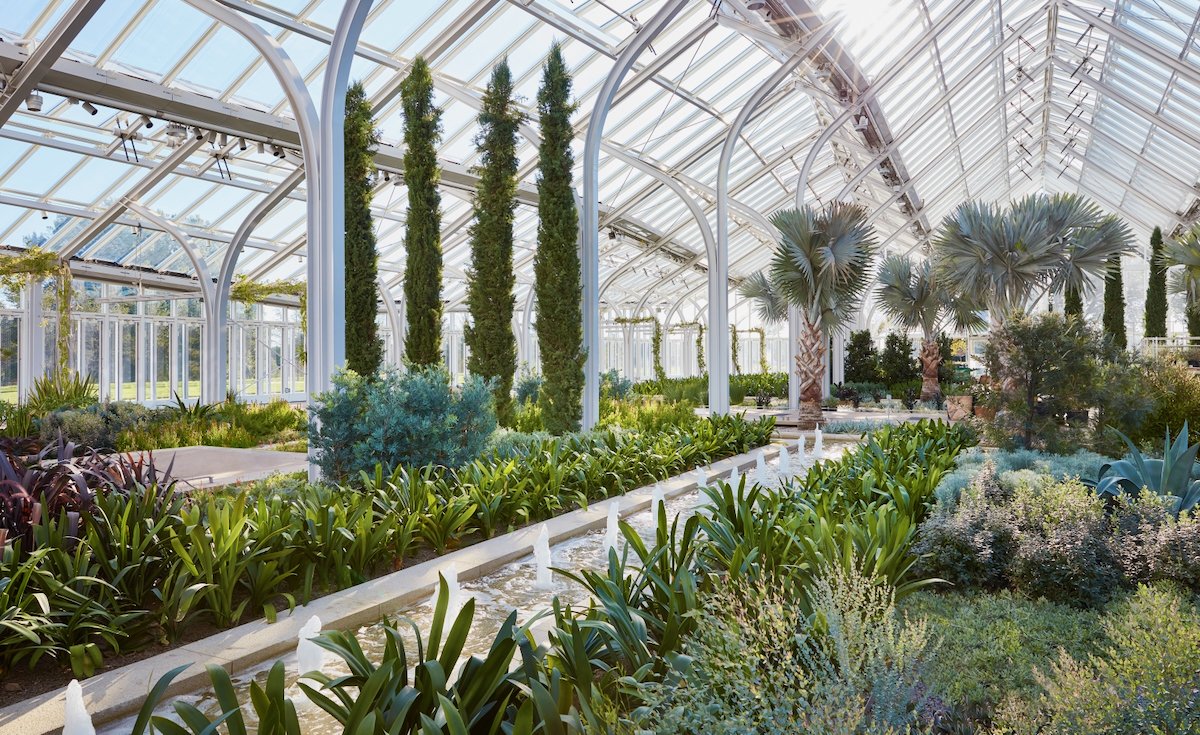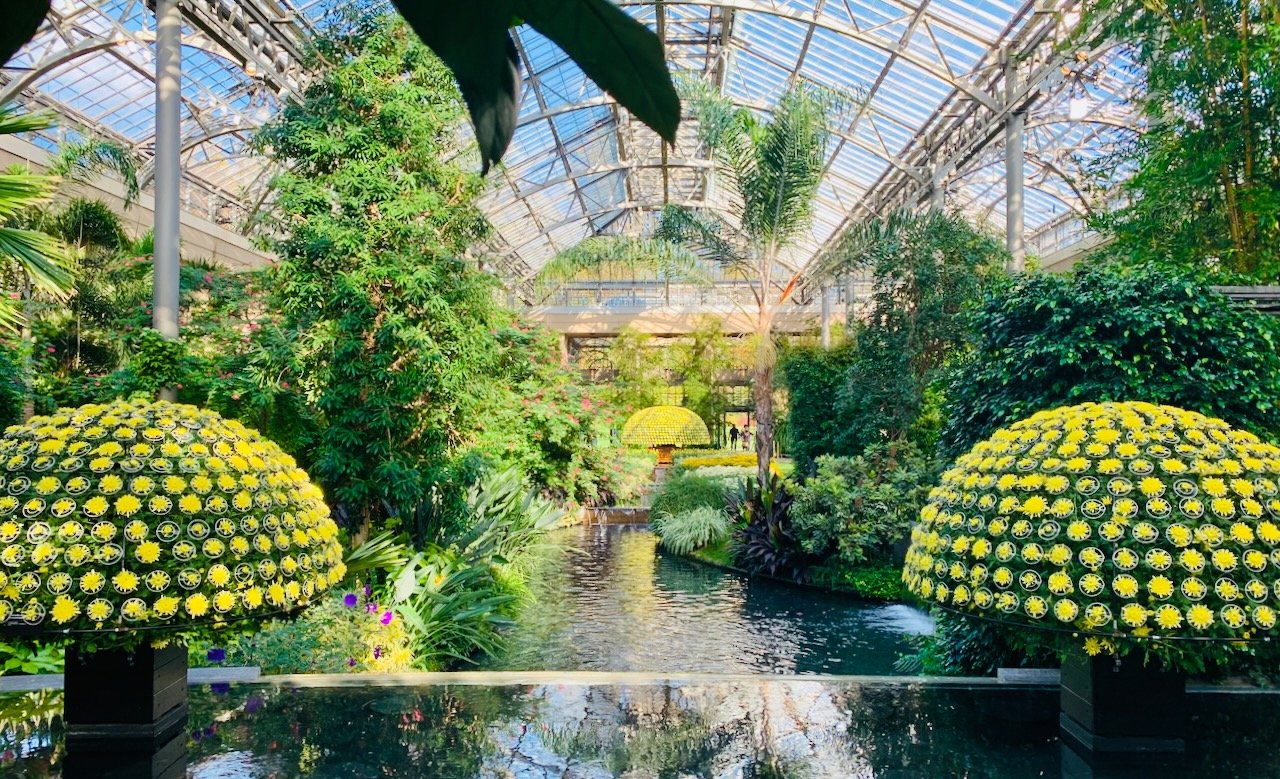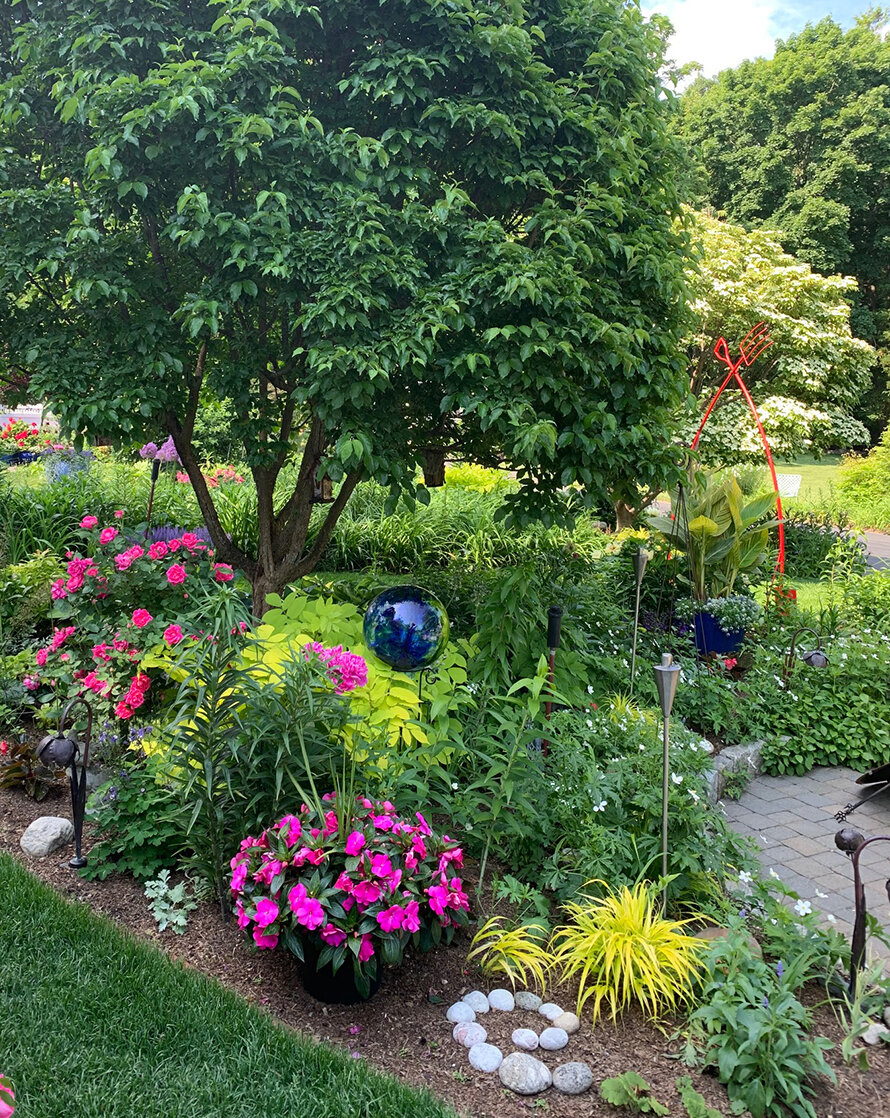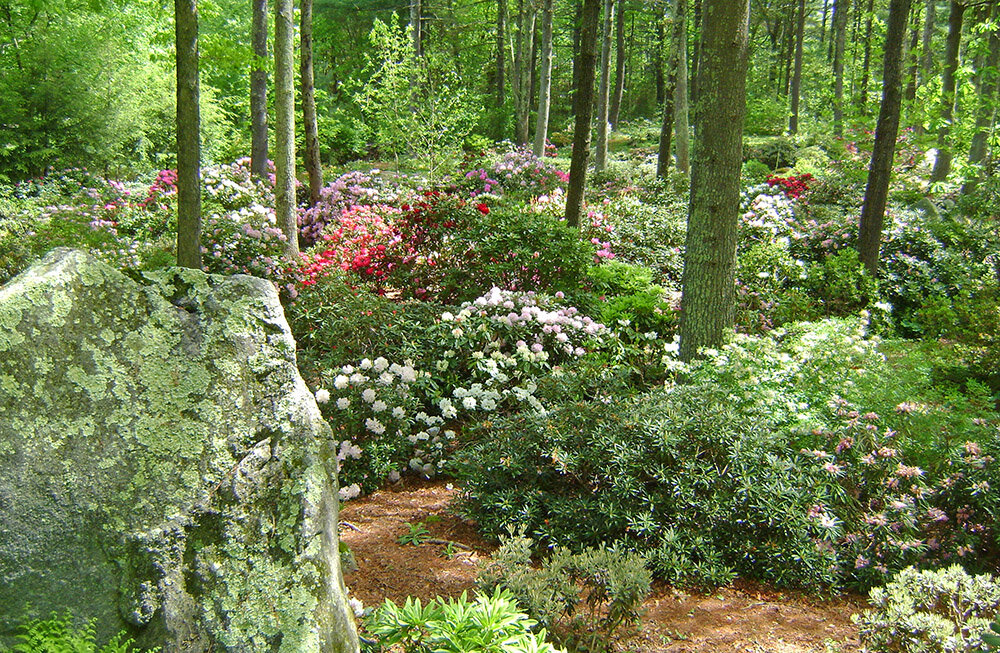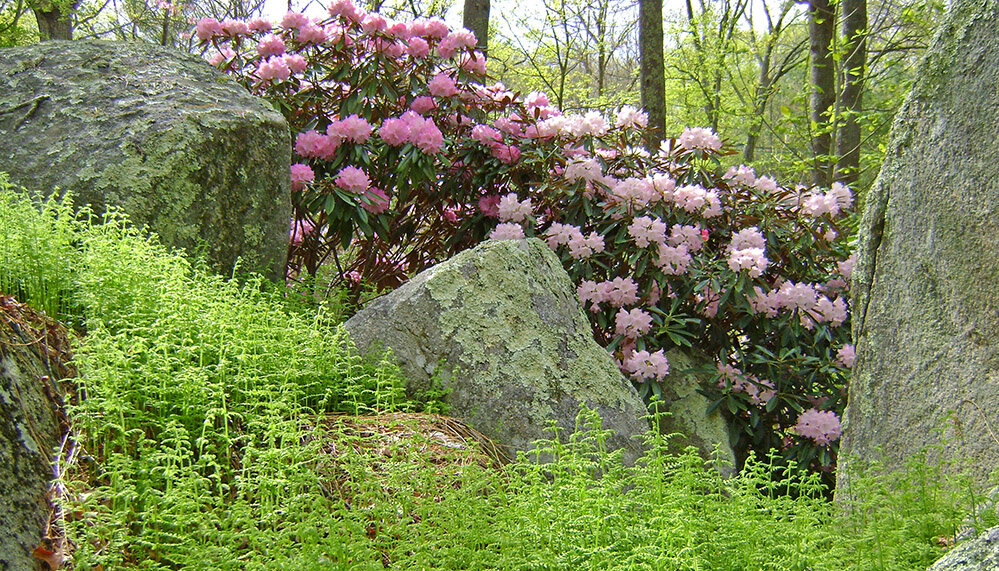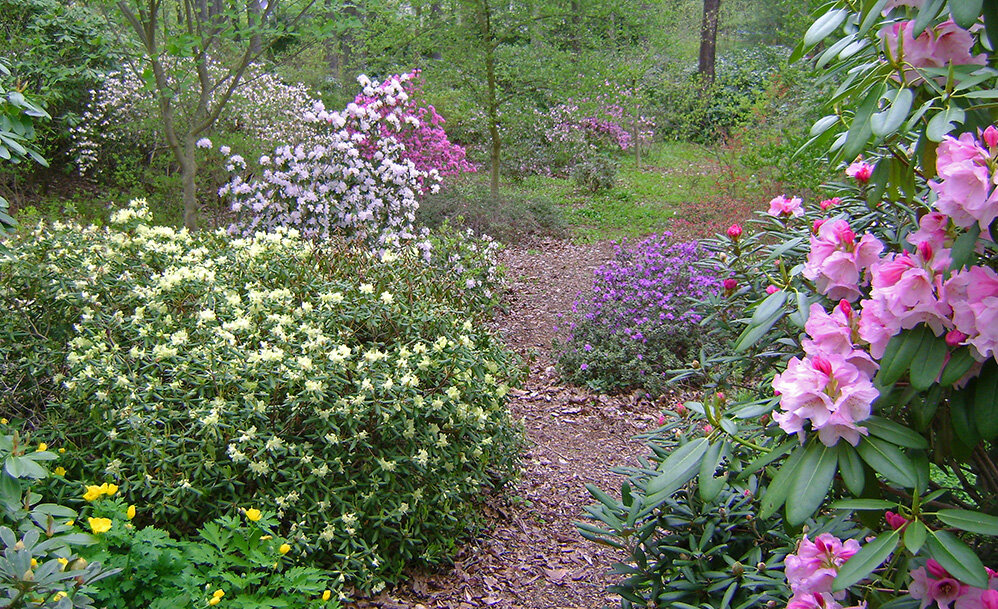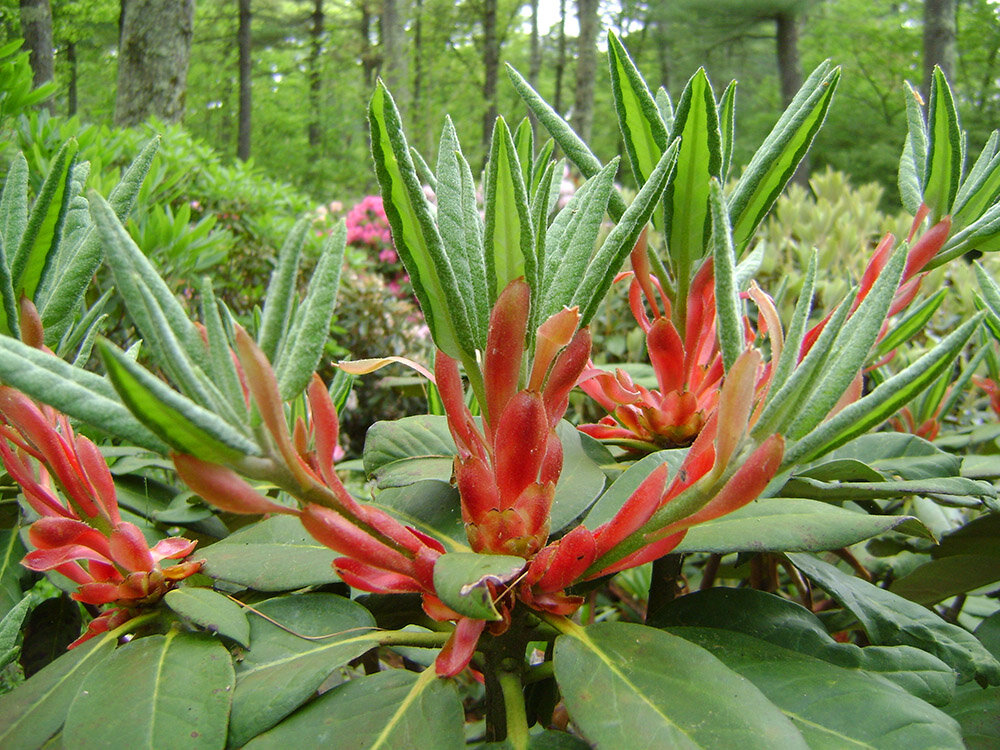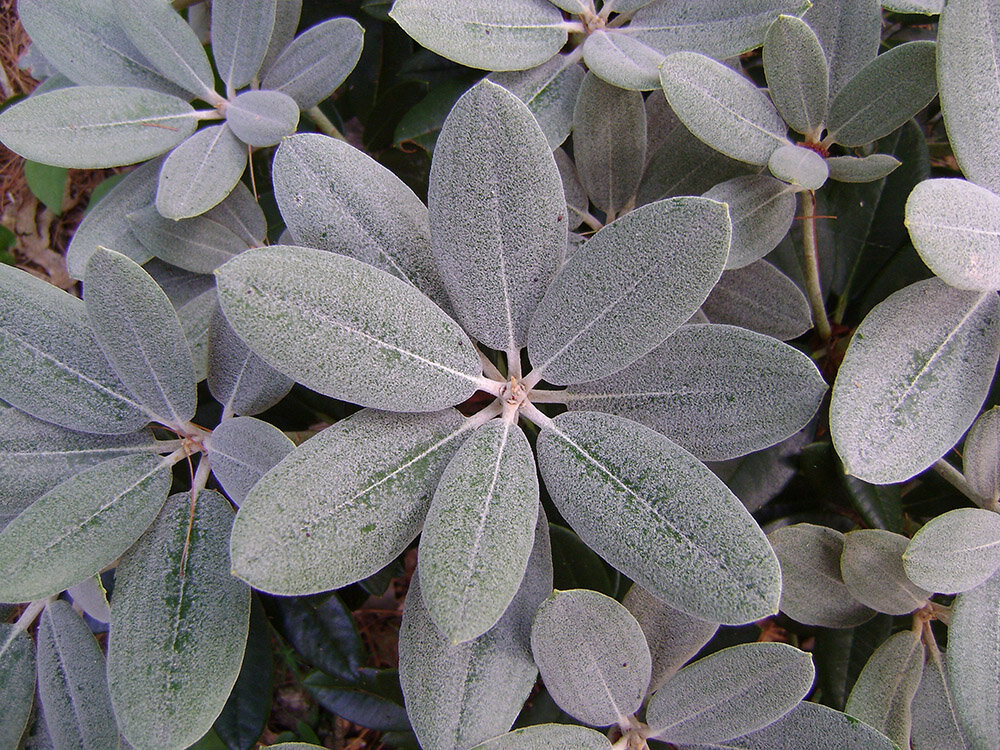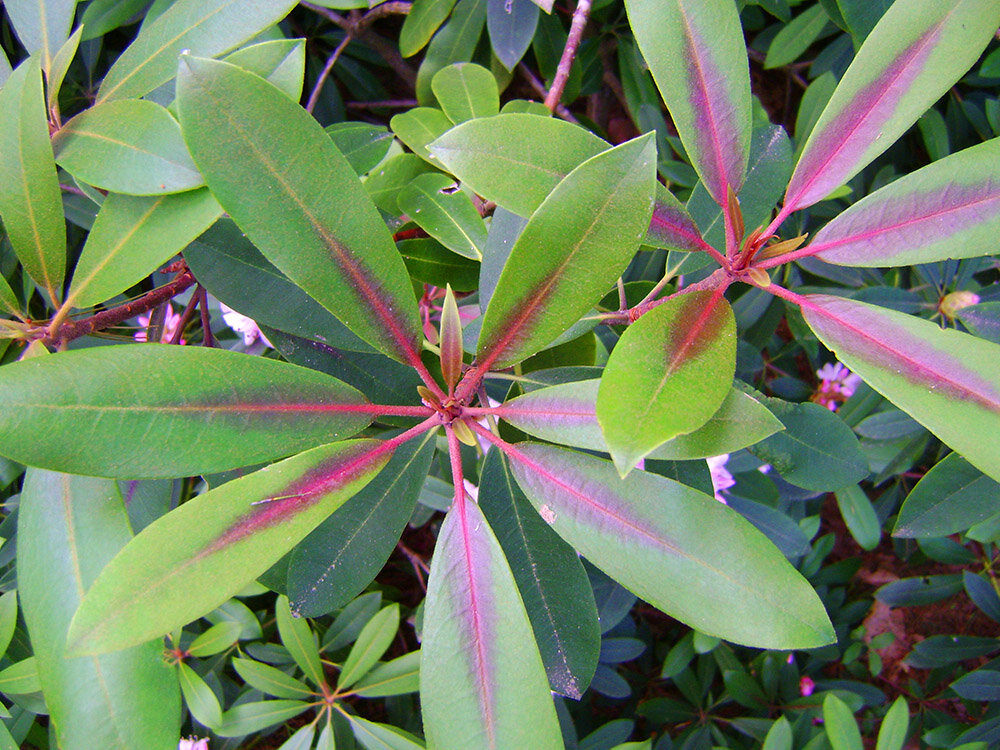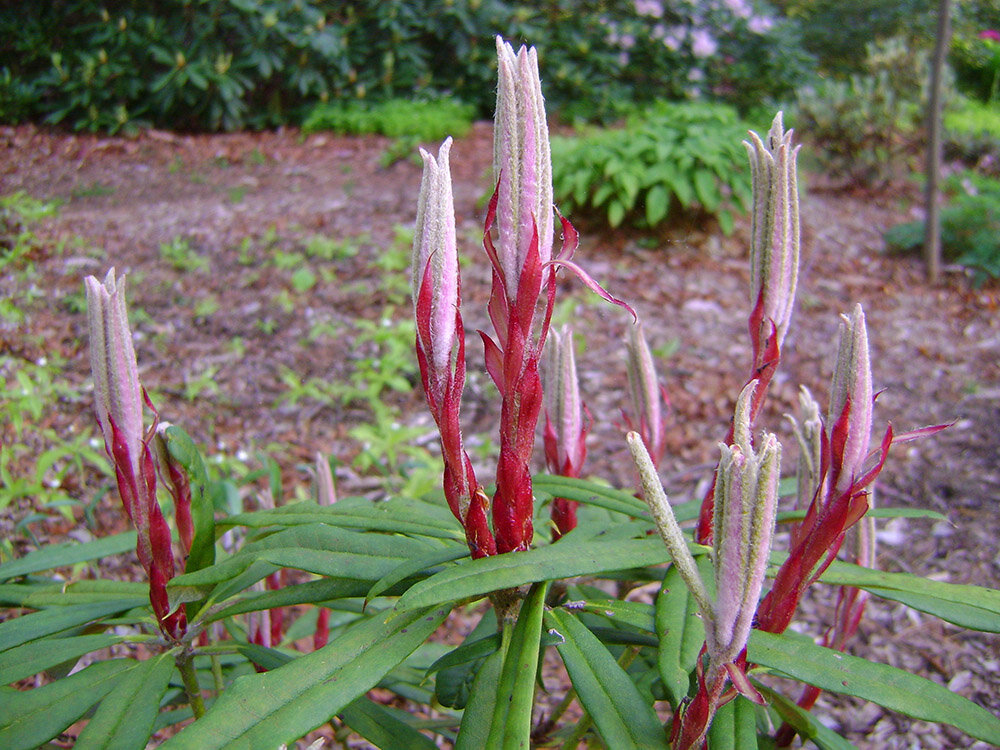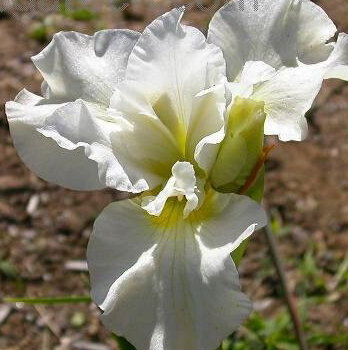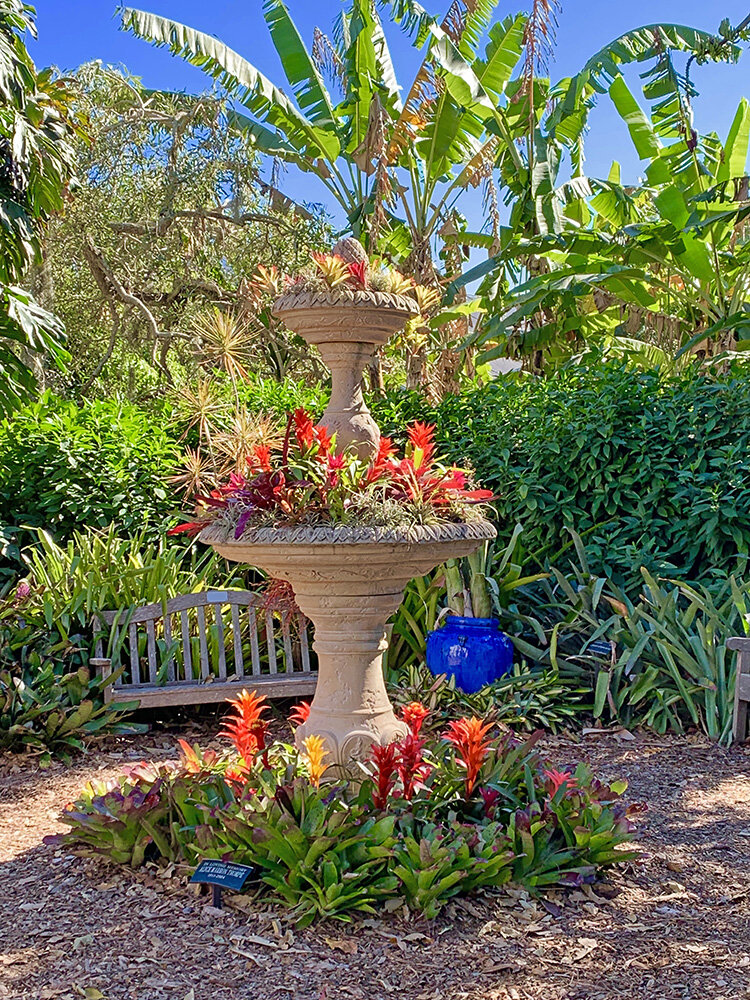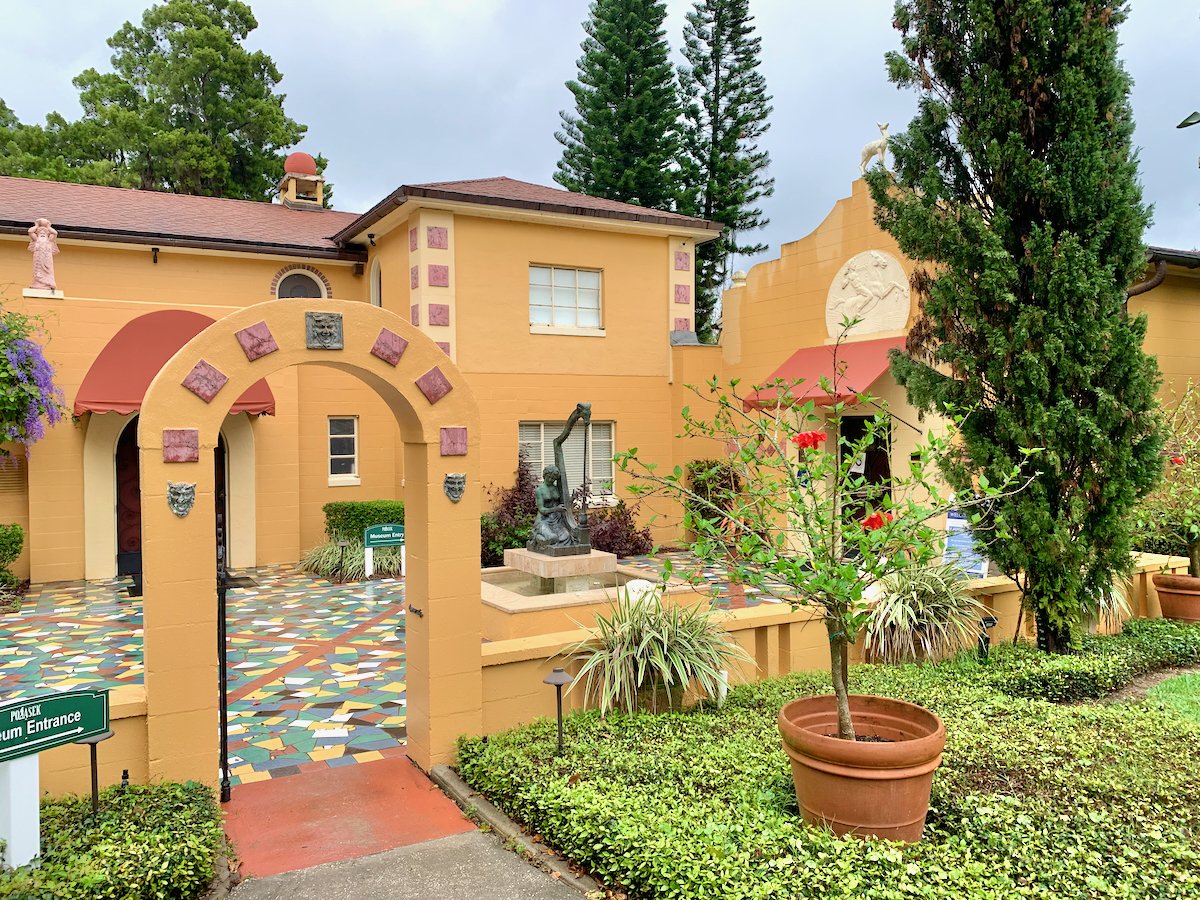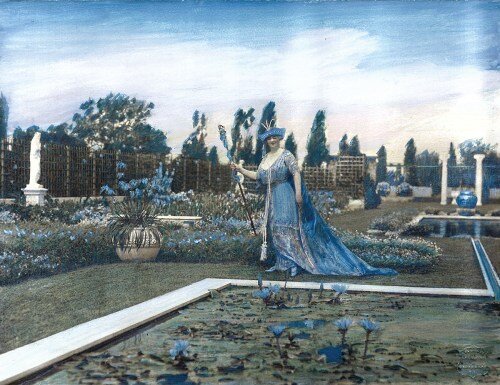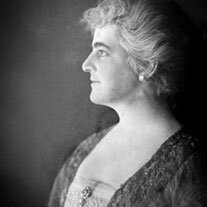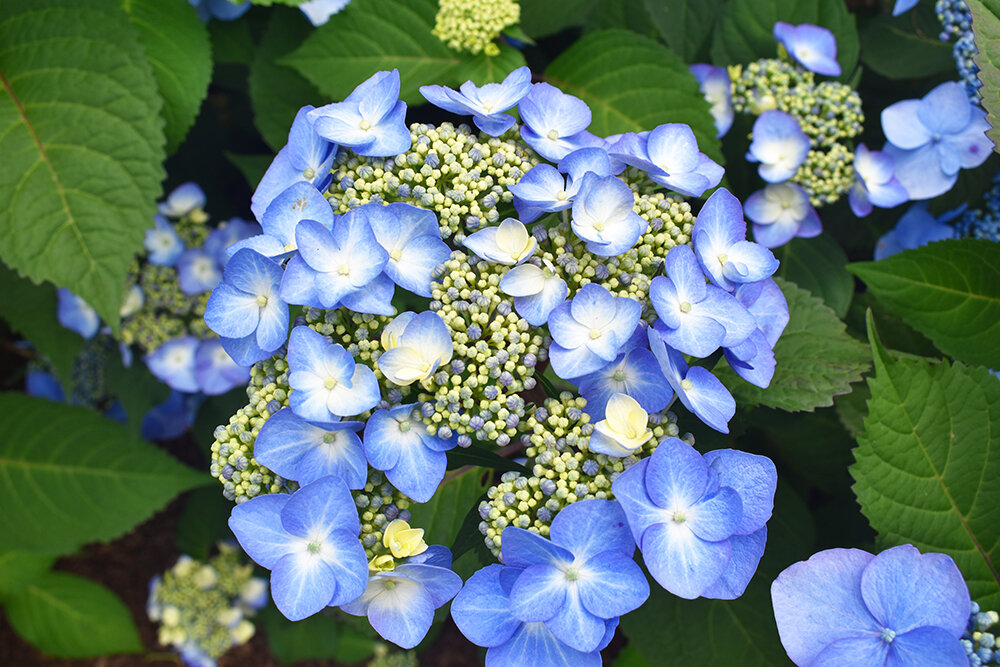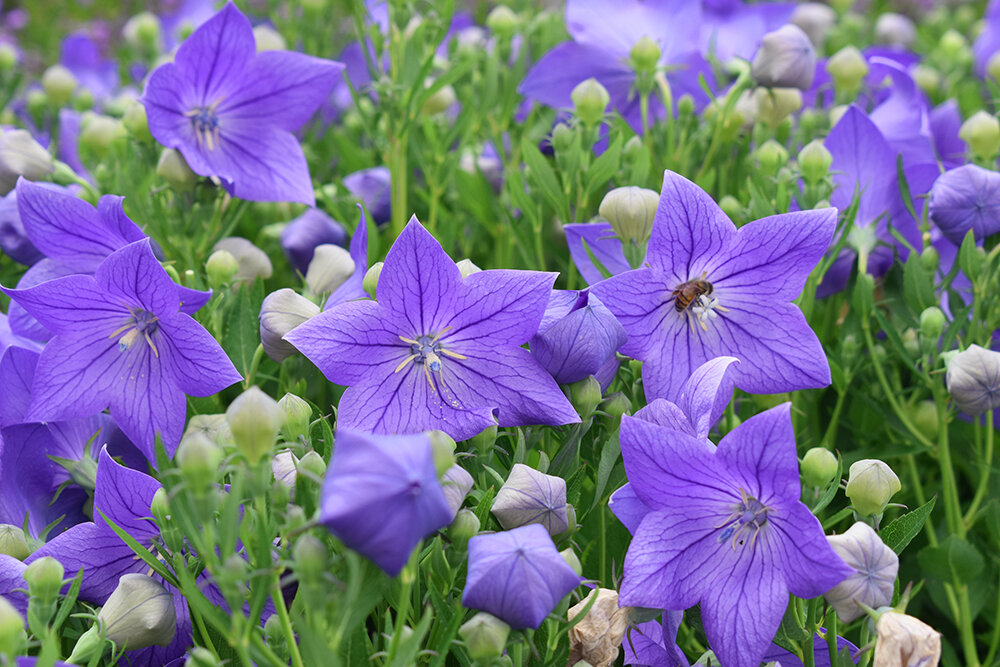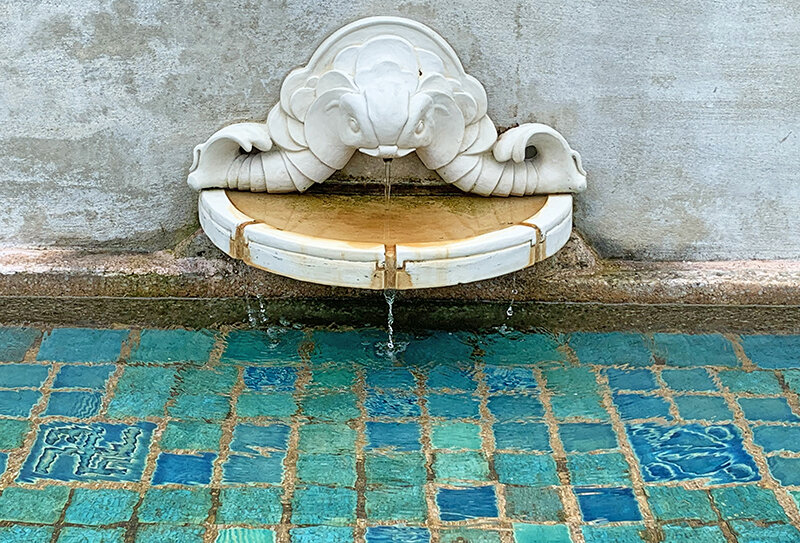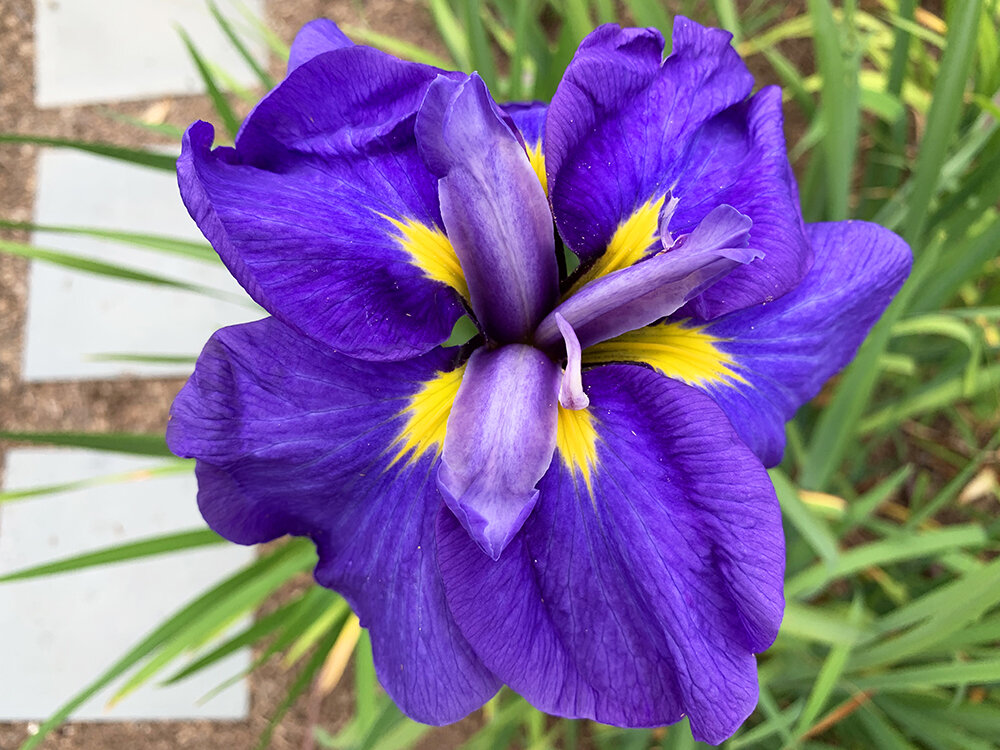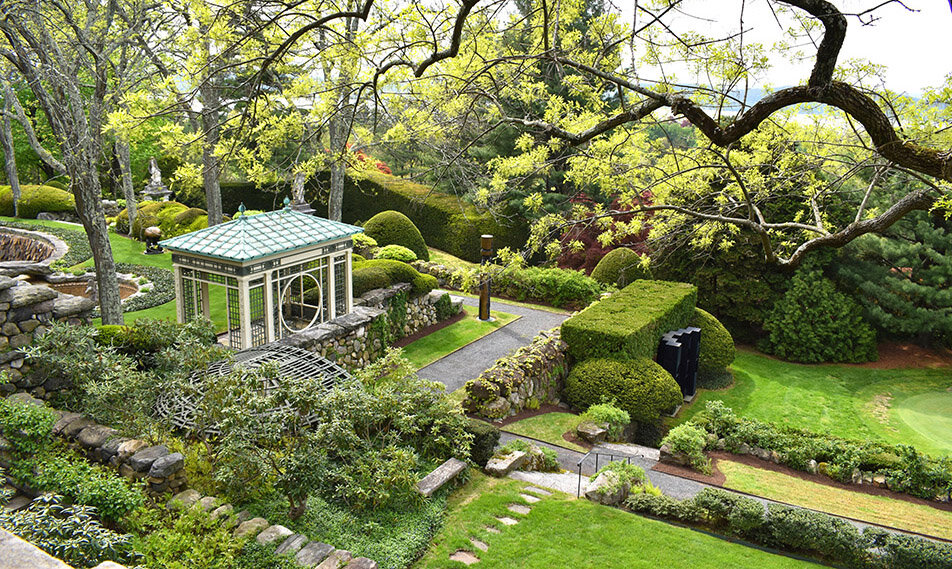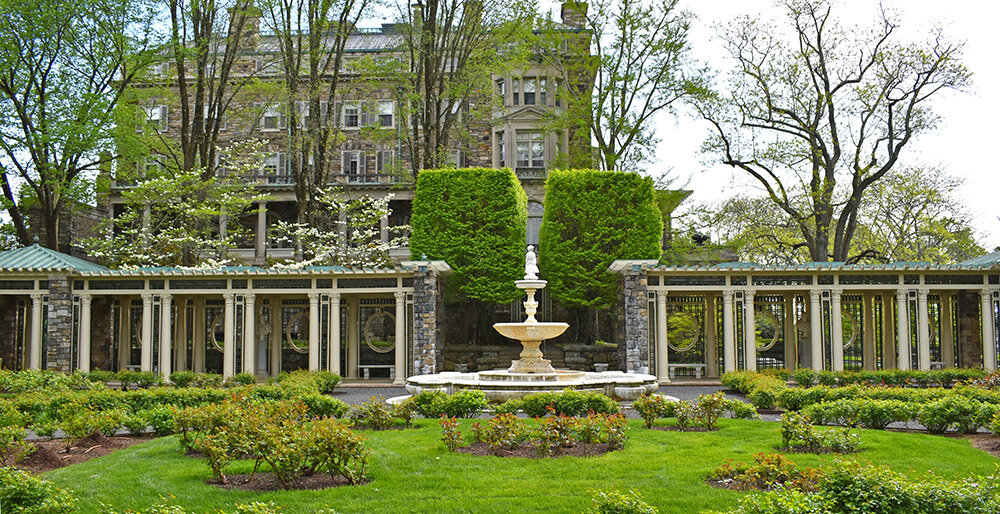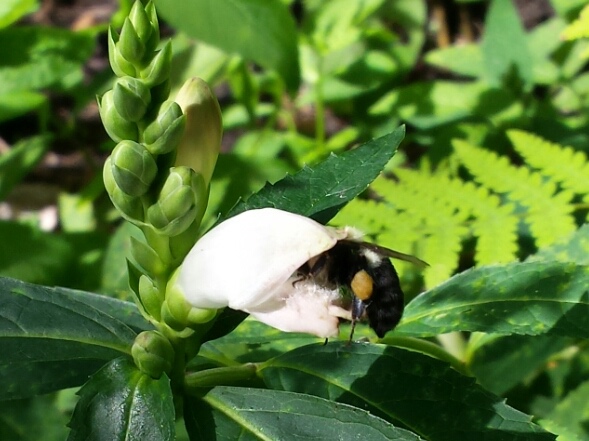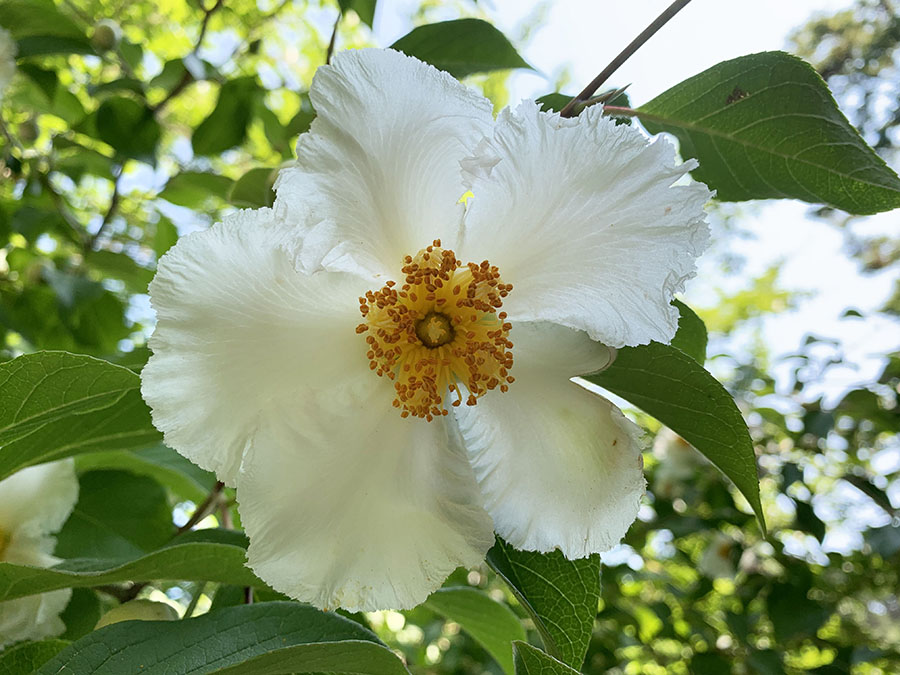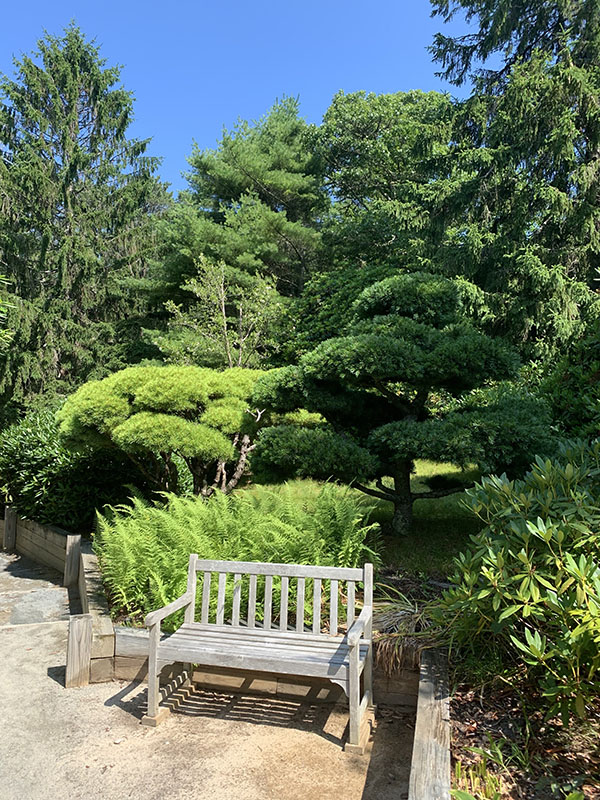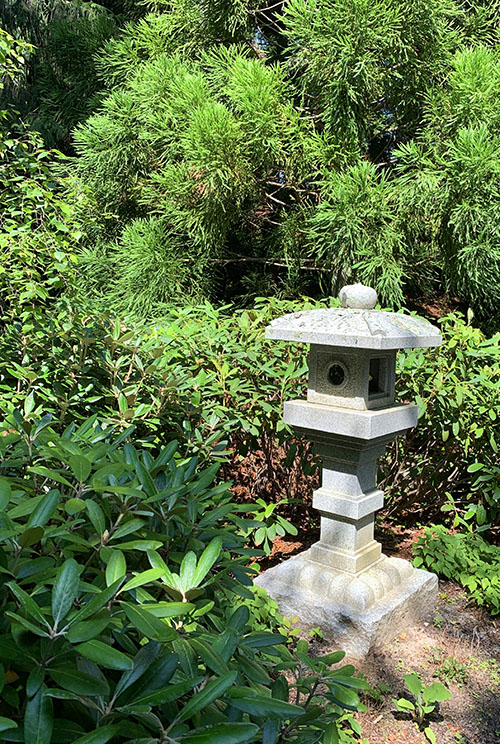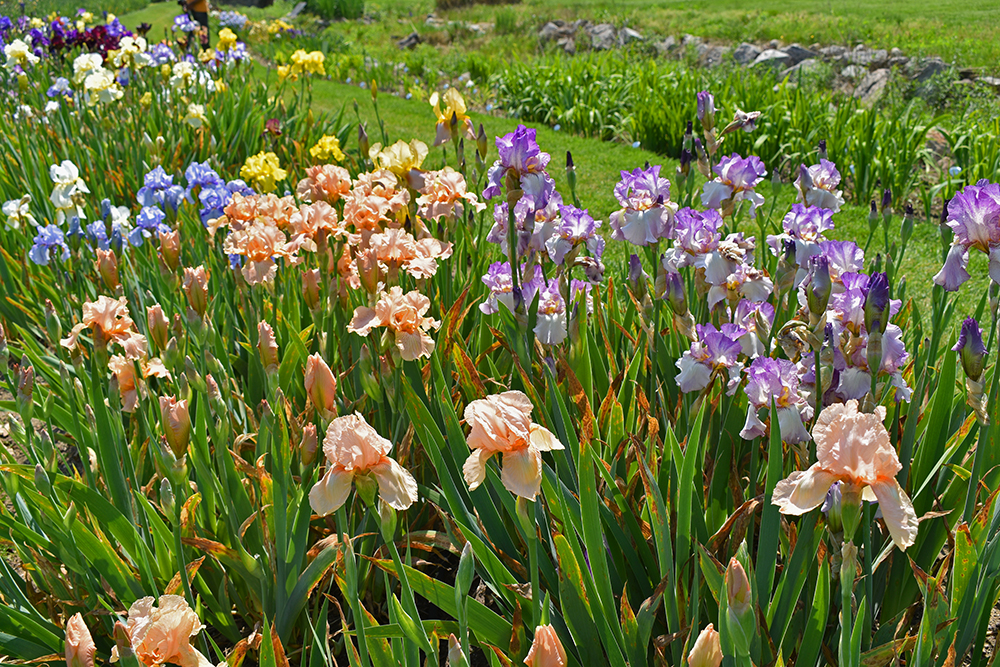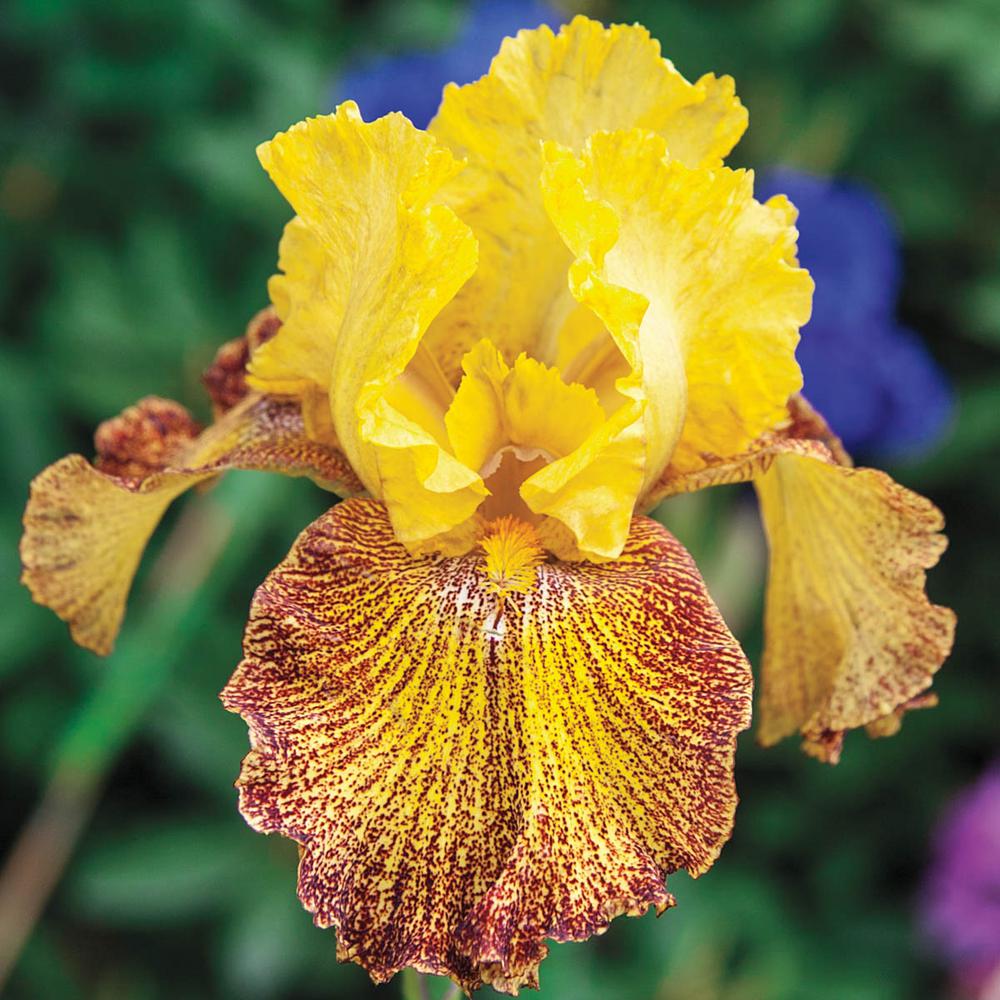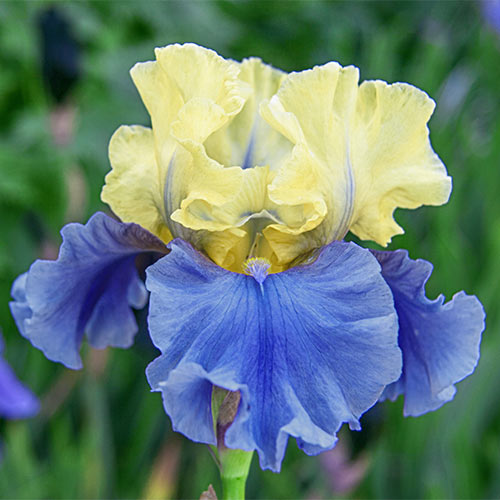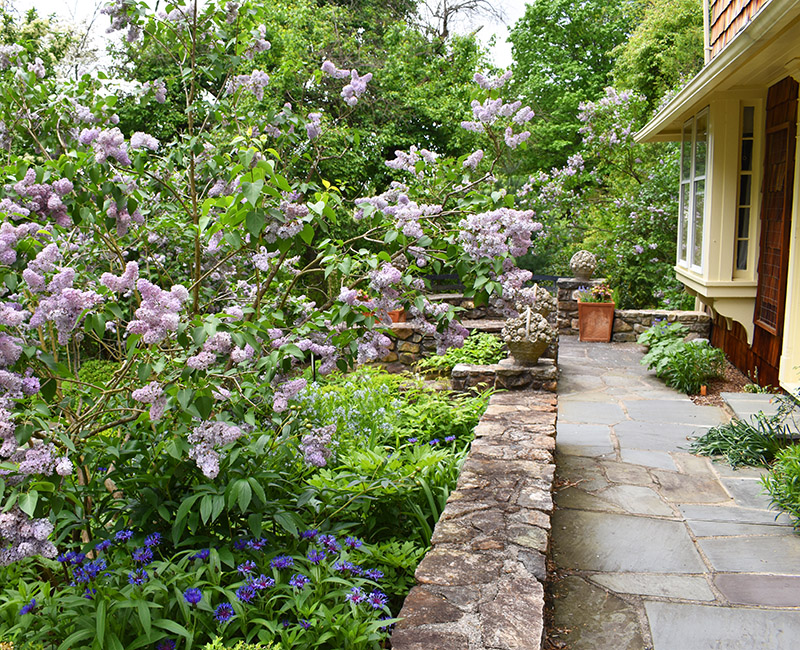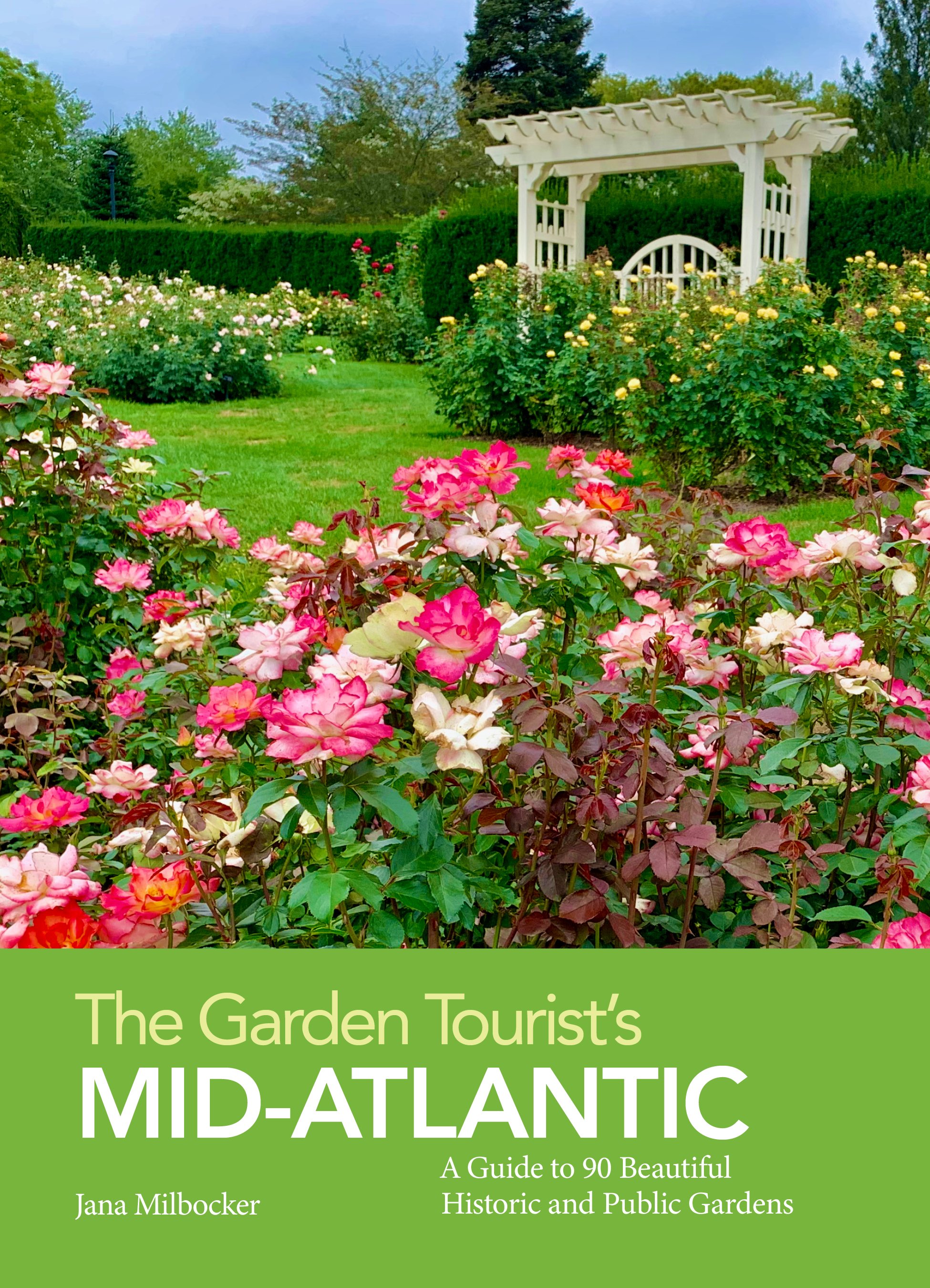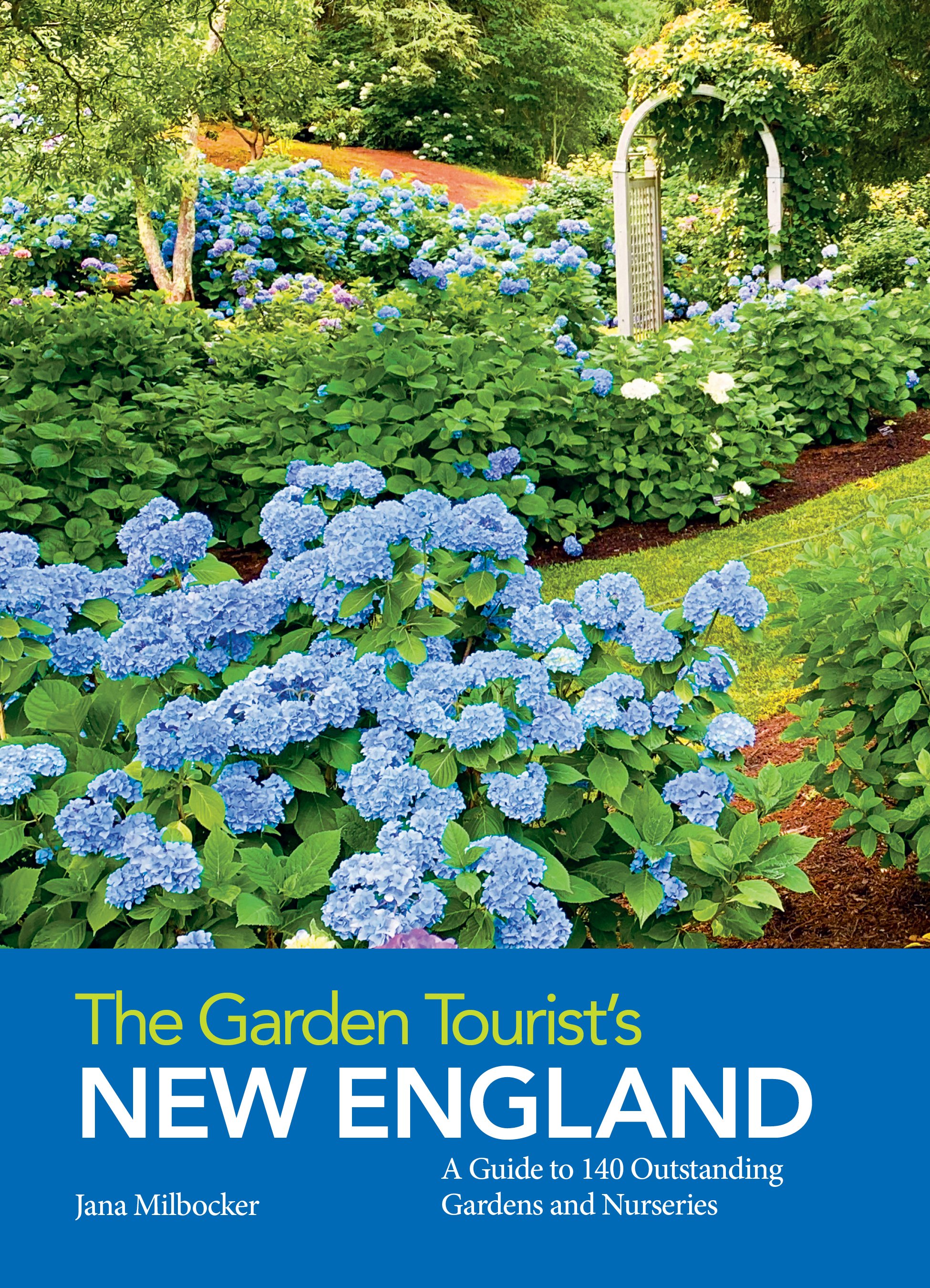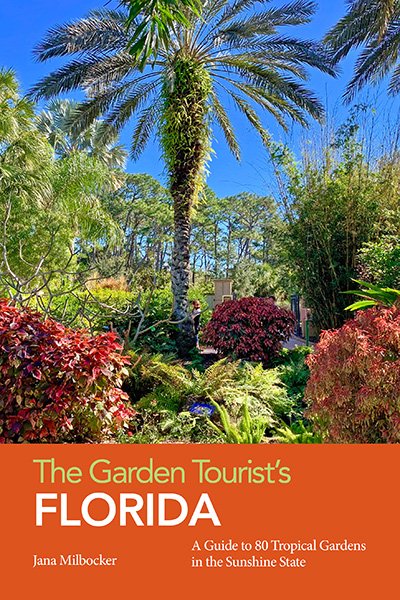Guest Post by Trista Ashok
For the next two years, garden clubs across Massachusetts are joining an initiative to encourage the planting of native plants. There are some great reasons to choose native plants for our gardens. Native plants are adapted to our local climate and soil conditions and thus can be easier to grow. They are also a very important part of the local food web, providing seeds, pollen, nectar, and forage for our wildlife. The leaves of native trees and plants play host to many butterflies and moths, and many birds rely on those caterpillars for food, especially for their babies.
While most might think that a garden full of plants with pristine, uneaten leaves is prettier and more desirable, this is a detrimental environmental landscape. We actually need leaf-munching caterpillars and other insects in our garden. Dr. Doug Tallamy, the author of Bringing Nature Home, found that a pair of Carolina Chickadees feed their babies up to 9,000 caterpillars before they fledge. Most songbirds do not reproduce on a diet of berries and seeds, but instead need a protein-rich diet of caterpillars and insects during the breeding and nesting season. And the vast majority of our native, plant-eating insects only feed on particular plant species that they have adapted to over time – which means they need native plants. Our native oak trees are hosts to over 550 different species of caterpillars, for example, while the non-native ginkgo only hosts 5. Our native trees and shrubs act as giant birdfeeders in addition to being hosts for our butterflies and moths. Unfortunately, it is estimated that the average urban/suburban American garden is made up of only about 20% native plants – far less than the 70% that birds such as the Carolina Chickadee need to provide enough insects to sustain their population.
So what are the best plants for wildlife to put in your garden? The National Wildlife Federation has built a database of plants and the number of butterfly and moth species that use them as host plants. You can go to their website at www.nwf.org/NativePlantFinder/Plants to see which plants support the highest number in your zip code. For example, here are the top five plants listed in each category for Holliston, Massachusetts, along with the number of butterfly and moth species that they host:
Flowers and Grasses:
1. Goldenrod (Solidago) – 125
2. Strawberry (Fragaria) – 81
3. Sunflower (Helianthus) – 58
4. American Trefoil (Lotus) – 32
5. Joe-pye Weed (Eupatorium) – 31
Trees and Shrubs:
1. Oak (Quercus) – 473
2. Beach Plum, Cherry, Chokecherry (Prunus) – 411
3. Willow (Salix) – 399
4. Aspen, Poplar (Populus) – 335
5. Crabapple, Apple (Malus) – 291
What about cultivars? Many of the native plants we find at nurseries are not straight species, but are instead cultivars, often called ‘nativars’. These nativars can be a particular variety found in the wild, or they can be bred for a particular feature. But are they as attractive to wildlife as the straight species? Research is ongoing, but they have found that it really depends. Plants that were bred to have different leaf colors, such as leaves altered from green to red, were found to deter insect feeding, as different colored leaves have different compounds in them. Also plants that were chosen for showier flowers or doubled flowers with more petals were often found to be less attractive to visiting pollinators. Take for example the ‘Annabelle’ Hydrangea. ‘Annabelle’ is a naturally occurring cultivar of our native Hydrangea arborescens that was discovered in the wild near Anna, Illinois. It was chosen for its huge flowers, but those ‘flowers’ are actually full of sterile bracts and even the few fertile flowers they have are very poor in nectar. It is found that pollinators visit ‘Annabelle’ and other mophead varieties much less than they do the lacecap varieties that more resemble the straight species and are full of tiny, fertile flowers in the middle of the showy, non-fertile bracts.
Another issue is that some of these nativars are developed by European breeders, and resistance to North American plant diseases is not considered. This is how we end up with Bee Balm (Monarda) varieties that are so prone to powdery mildew. Researchers at several botanical gardens are now starting to investigate which varieties of nativars are best for our garden and for wildlife. Many of the cultivars that are chosen for size or compactness are found to be just as beneficial, but much more information is needed about plants bred for different flower sizes or colors. Many nativars still support more local wildlife than a lot of non-native plants, however.
So should you tear all of the non-natives out of your garden and plant only straight native species? While some may choose that route, I am personally going a more balanced approach, as it was the non-native Clematis ‘Rooguchi’ that sparked my gardening passion in the first place. When choosing new plants for our garden, however, we should consider native varieties that will benefit our local wildlife and ecosystem.
Trista Ashok is past president of the Holliston Garden Club.

